About
Artist's Statement
Annie B. Campbell is an Assistant Professor of Fine Art and head of the ceramics program at Auburn University.
Her ceramic and mixed media sculpture addresses disconnections between humans and nature in the Anthropocene and critiques society’s artificial constructs perpetuating this division. She has developed a visual vocabulary in clay that speaks to environmental disasters related to the fossil fuel economy and the climate crisis as a collective existential experience. Her recent work incorporates clay, resin, sand, found and organic materials, wire, and LED technology to express our collective fragility in the face of climate change. The materials she chooses and the cultural dialogue(s) that her work speaks to situates her practice within the expanded field of contemporary ceramic sculpture. Her research into brain cells, particularly what happens when they become physically damaged or ravaged by seizure activity, was initiated by her infant son’s diagnosis with a rare neurological malformation that caused catastrophic epilepsy. This necessitated a complete surgical disconnection of the two hemispheres of the brain. This traumatic experience was the catalyst for the injection of neurology into her work. She found that neuronal pathways, seizures, neuroplasticity, and brain cells, resonated with her long-held passion for exploring the human/nature disconnect. The neuronal forms, which are malformed, damaged and deteriorating, symbolize society’s dysfunctional relationship with nature. Her sculptures combine botanical elements to convey a sense of visual precarity representing the risk of ambivalence in the face of environmental crises. The plant forms symbolize a link to circulatory and respiratory systems, present in all multi-cellular organisms that connect us to our environment. For example, The miles of “information super-highway” that exist amongst tree roots in the form of mycelium fungal networks operate similarly to neuronal synaptic systems.
The light patterns from LED lights inserted into translucent porcelain forms represent seizure activity in the brain. Their dangerous and damaging irregular misfirings are representative of the collective cognitive dissonance perpetuated by humanity as it continually harms our natural world in ways that will lead to its inevitable destruction.



